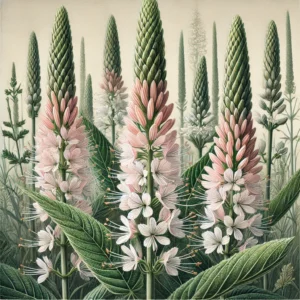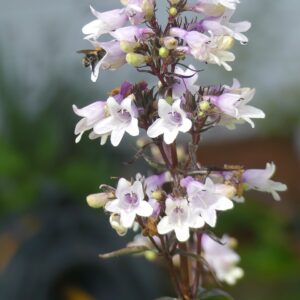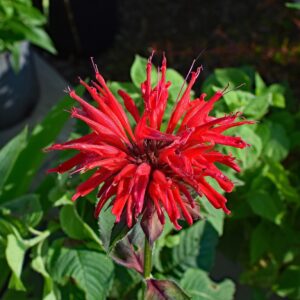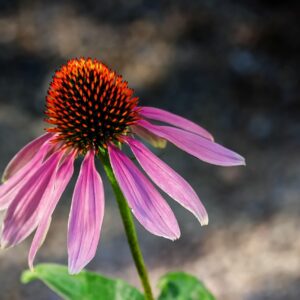Ozark Bluestar (Amsonia illustris) is a perennial herbaceous plant native to the central United States, particularly the Ozark region. It’s admired for its attractive, star-shaped blue flowers and its adaptability to a range of garden conditions. Ozark Bluestar is a versatile and attractive plant that brings beauty and ecological benefits to gardens. Its vibrant blue flowers, seasonal foliage changes, and adaptability make it a popular choice for both ornamental and native plant gardens.
Appearance:
Height: Typically grows 1 to 3 feet tall, with a similar spread.
Leaves: The leaves are lance-shaped and arranged alternately along the stem. They are green throughout the growing season and often turn a brilliant yellow in the fall.
Flowers: Produces clusters of small, star-shaped blue flowers that are about 1/2 inch across. The flowers are borne in loose, upright clusters at the top of the stems.
Flowering Time: Blooms in late spring to early summer, usually from May to June.
Seed Heads: After flowering, it produces small seed pods, though they are not particularly showy.
Habitat:
Range: Native to the central United States, including parts of Missouri, Arkansas, and adjacent states.
Soil: Prefers well-drained, rich soils but is adaptable to a range of soil types, including clayey and sandy soils. It benefits from added organic matter.
Climate: Thrives in temperate climates with cold winters and warm summers. It is hardy in USDA zones 4 to 8.
Wildlife: Provides nectar for pollinators such as bees and butterflies. Its dense foliage offers cover for small wildlife.
Pollinators: The flowers are particularly attractive to bees and butterflies, contributing to the health of pollinator populations.
Uses:
Landscaping: Popular in native plant gardens, perennial borders, and as a component in wildflower meadows. It adds vibrant color and texture to garden designs.
Aesthetic: The bright blue flowers and fall foliage color make it a standout plant in the garden. It also pairs well with other perennials and shrubs.
Conservation: Used in prairie and woodland restoration projects due to its native status and ecological benefits. It helps support local wildlife and maintains native plant communities.
Cultivation Tips:
Planting: Can be started from seeds or nursery plants. Space plants about 12 to 18 inches apart to allow for their mature size and spread.
Sunlight: Prefers full sun to partial shade. It can tolerate some shade, particularly in hotter climates, but performs best with ample sunlight.
Watering: Regular watering is important during the establishment phase. Once established, it is relatively drought-tolerant but benefits from consistent moisture.
Maintenance: Generally low-maintenance. It may benefit from occasional division to maintain plant health and vigor. Deadheading spent flowers can encourage longer blooming.
Considerations:
Pests and Diseases: Generally resistant to most pests and diseases. However, it is good practice to monitor for common issues like aphids or powdery mildew.
Toxicity: Non-toxic to humans and pets, making it a safe choice for gardens accessible to children and animals.





